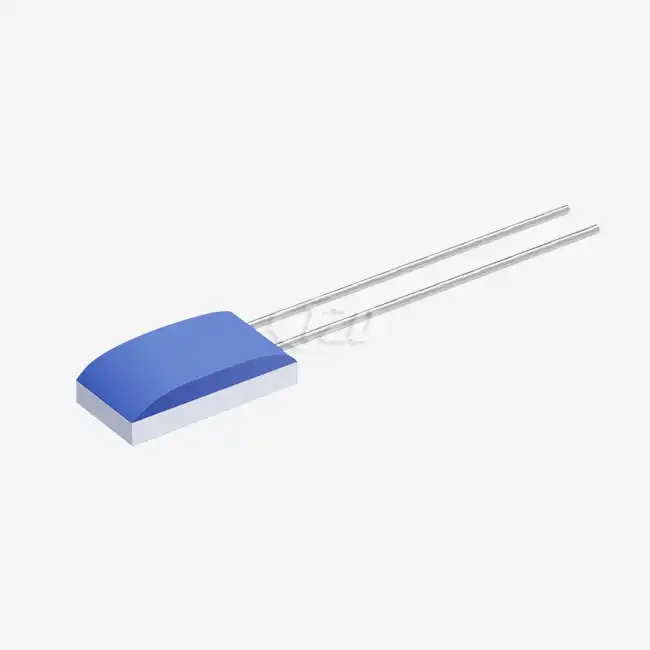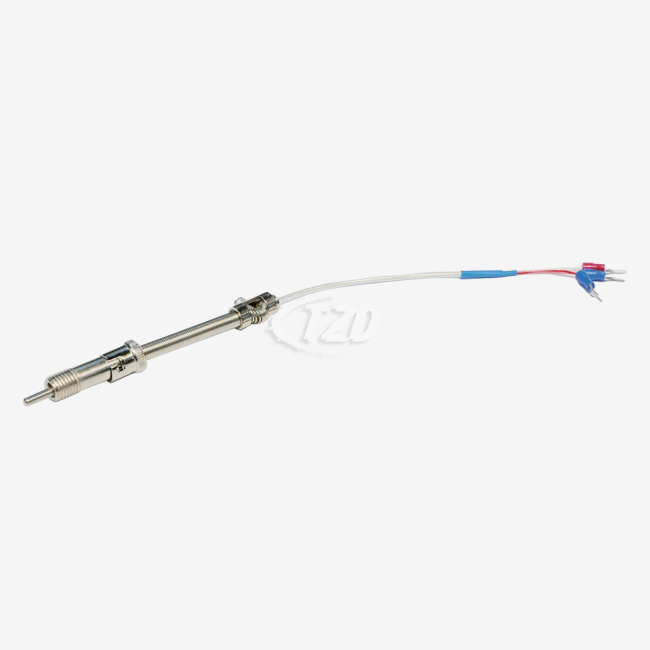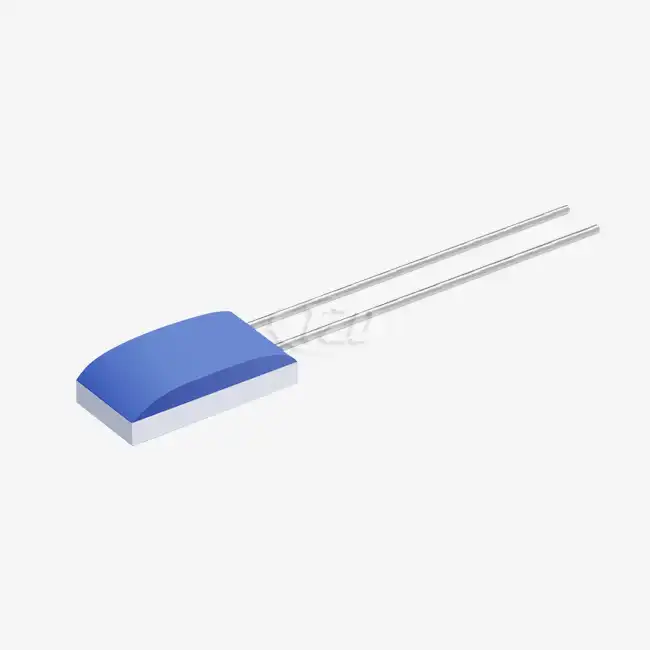Grasping Platinum Resistance Temperature Detectors (RTDs)
Platinum Resistance Temperature Detectors (RTDs) are widely used in various industries for accurate temperature measurement. These sensors leverage the predictable change in electrical resistance of platinum wire as temperature fluctuates. The relationship between resistance and temperature in platinum RTDs is nearly linear, making them ideal for precise temperature sensing applications.
The Basics of Pt100, Pt1000, and Pt10000 Sensors
Pt100, Pt1000, and Pt10000 sensors are all platinum RTDs, but they differ in their nominal resistance values at 0°C:
- Pt100: 100 ohms at 0°C
- Pt1000: 1000 ohms at 0°C
- Pt10000: 10,000 ohms at 0°C
The higher resistance of the Pt10000 sensor offers several advantages in terms of sensitivity, accuracy, and overall performance. Let's delve deeper into how these sensors compare in various aspects.
Comparing Sensitivity and Accuracy
Sensitivity in RTDs refers to the change in resistance per degree of temperature change. The Pt10000 sensor, with its higher nominal resistance, demonstrates superior sensitivity compared to Pt100 and Pt1000 sensors.
Resistance Change and Temperature Coefficient
All platinum RTDs have a similar temperature coefficient of resistance (TCR) of approximately 0.00385 ohms/ohm/°C. However, the actual resistance change for a given temperature shift varies significantly among these sensors:
- Pt100: ~0.385 ohms/°C
- Pt1000: ~3.85 ohms/°C
- Pt10000: ~38.5 ohms/°C
The Pt10000 sensor’s larger resistance change per degree Celsius translates to enhanced sensitivity, making it highly suitable for precise temperature monitoring. This characteristic allows engineers and technicians to detect even the smallest temperature variations with confidence, ensuring reliable performance in applications where accuracy is critical. Industries such as medical equipment, laboratory research, and advanced manufacturing often rely on Pt10000 sensors to achieve consistent, high-resolution thermal measurements that support quality and safety standards.
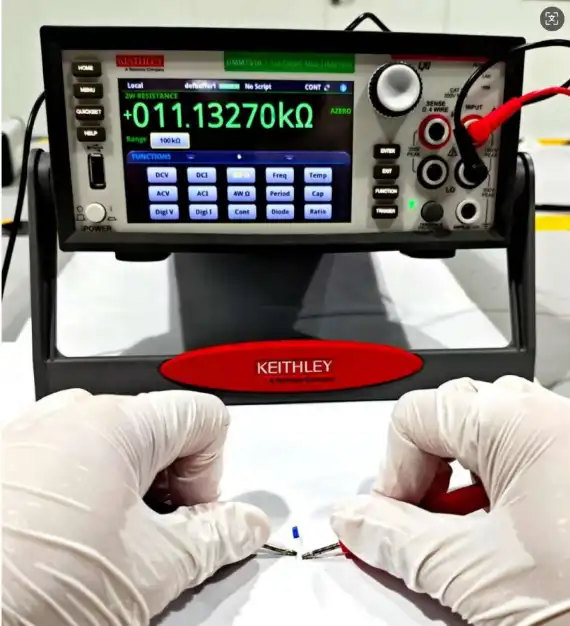
Signal-to-Noise Ratio (SNR)
The higher resistance of the Pt10000 sensor contributes to an improved signal-to-noise ratio. This enhancement is particularly beneficial in environments with electromagnetic interference or when dealing with long lead wires. The stronger signal output of the Pt10000 sensor helps maintain measurement accuracy even in challenging conditions.
Self-Heating Effects
Self-heating occurs when the current passing through the RTD generates heat, which can interfere with accurate temperature readings. The Pt10000 sensor addresses this issue through its higher resistance, which permits the use of lower excitation currents. This design significantly reduces self-heating effects, ensuring that the sensor reflects the true ambient or process temperature. As a result, Pt10000 sensors deliver improved precision and stability, making them ideal for demanding high-accuracy applications across multiple industries.
Practical Implications and Applications
The enhanced sensitivity and accuracy of Pt10000 sensors have significant implications for various industrial and scientific applications.
Precision Measurement in Industrial Processes
In industries such as semiconductor manufacturing, pharmaceutical production, and food processing, where precise temperature control is absolutely critical, Pt10000 sensors provide a distinct competitive advantage. Their high sensitivity ensures even the smallest fluctuations are detected, enabling tighter monitoring and regulation of process conditions. This capability not only safeguards product quality and consistency but also helps meet stringent industry standards, reduce waste, and improve overall operational efficiency in highly demanding production environments.
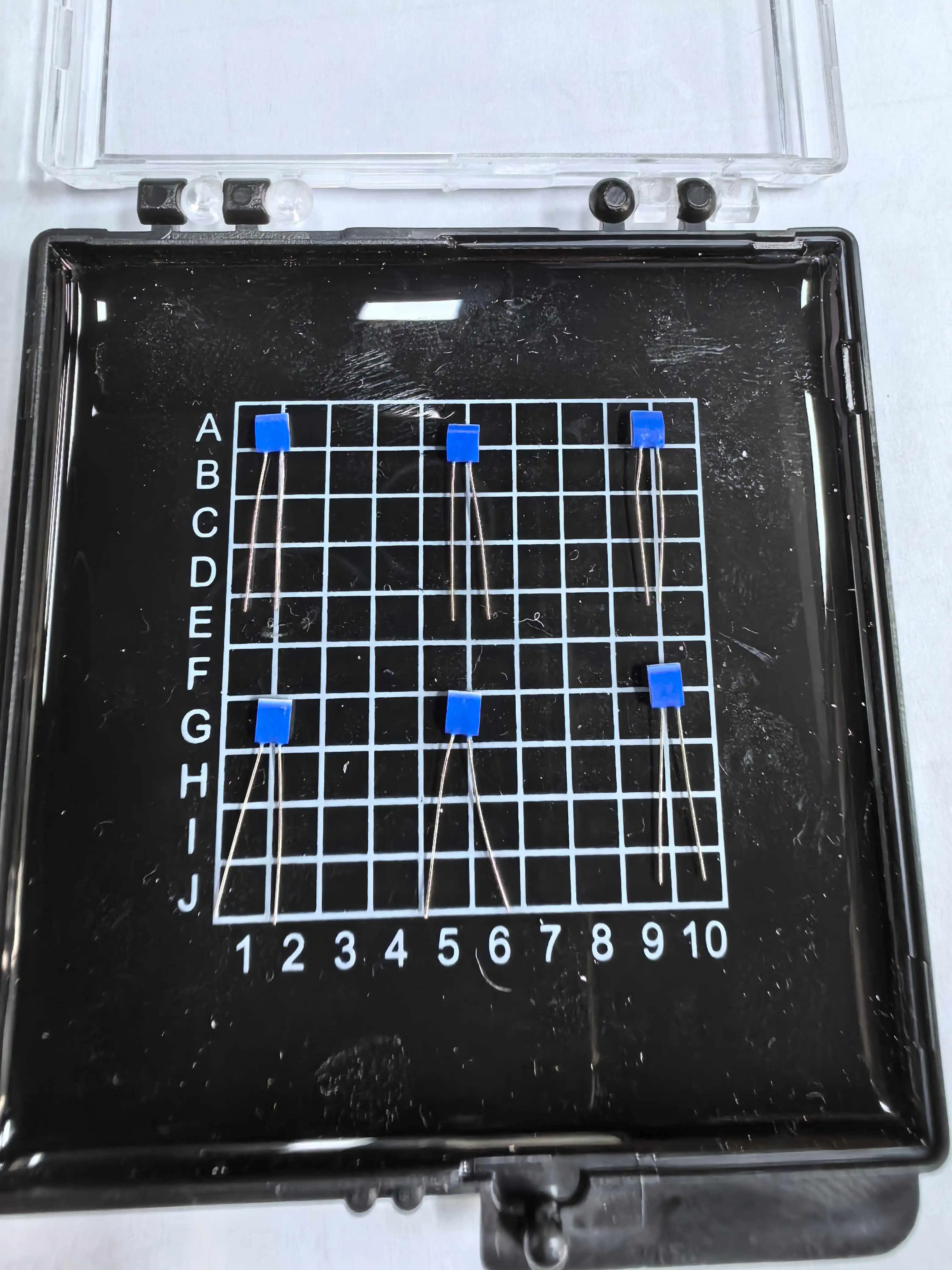
Long-Distance Temperature Sensing
The Pt10000 sensor's high resistance makes it less susceptible to lead wire resistance effects, which can be a significant source of error in long-distance temperature measurements. This characteristic makes Pt10000 sensors particularly suitable for applications where the sensor needs to be located far from the measurement equipment.
Battery-Powered and IoT Devices
The lower current requirements of Pt10000 sensors make them ideal for battery-powered devices and Internet of Things (IoT) applications. The reduced power consumption helps extend battery life, enabling longer operational periods between charges or battery replacements.
Environmental Monitoring
In environmental monitoring applications, where small temperature changes can have significant implications, the high sensitivity of Pt10000 sensors proves invaluable. These sensors can detect subtle temperature variations, providing researchers and environmental scientists with more detailed and accurate data.
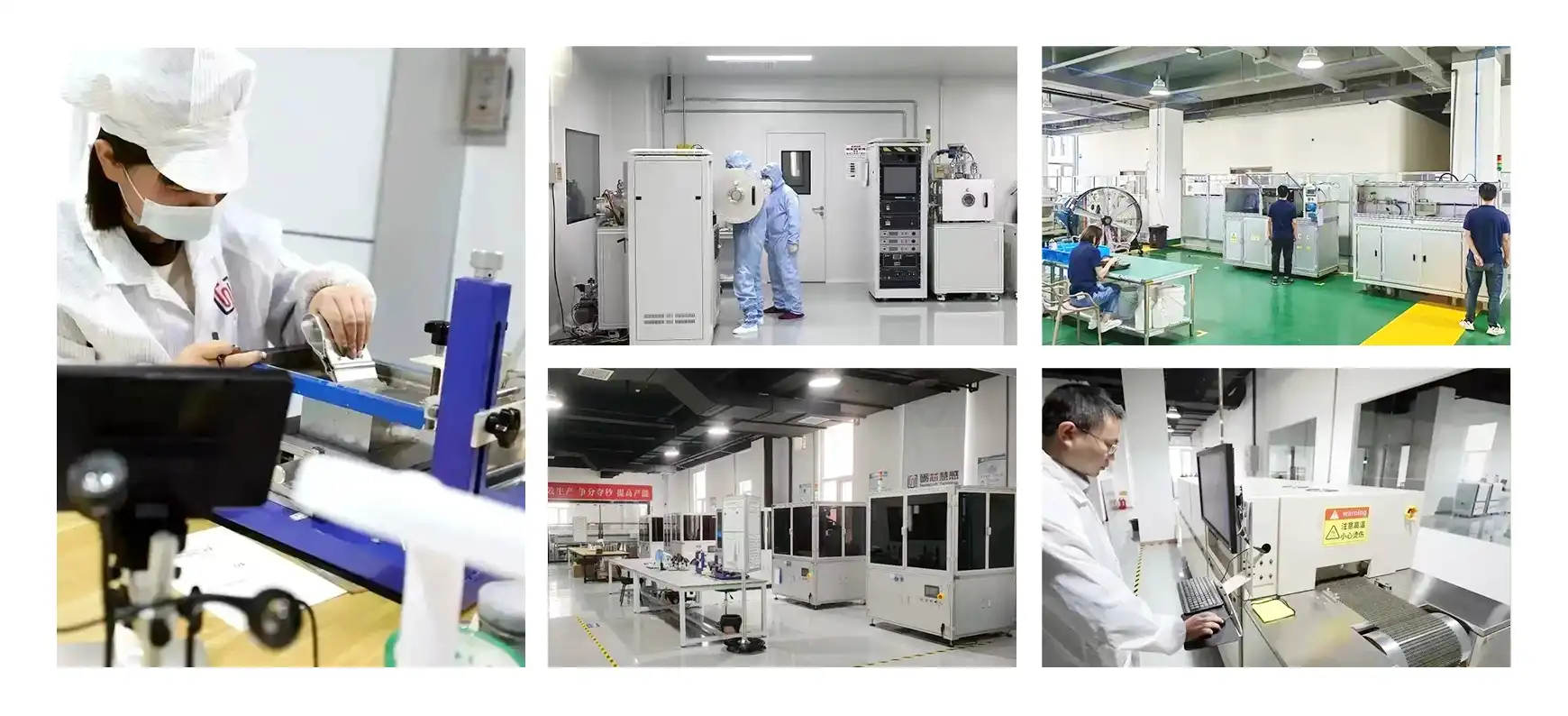
Conclusion
The Pt10000 sensor offers superior sensitivity and accuracy compared to its Pt100 and Pt1000 counterparts, making it an excellent choice for applications demanding high-precision temperature measurements. Its enhanced signal-to-noise ratio, reduced susceptibility to lead wire resistance, and lower power consumption contribute to its overall performance advantages.
For industries and applications requiring the utmost in temperature sensing accuracy and reliability, the Pt10000 sensor presents a compelling solution. As technology continues to advance and the demand for precision in various fields grows, the role of high-sensitivity sensors like the Pt10000 is likely to become increasingly prominent.
If you're looking for a reliable Pt10000 sensor supplier, manufacturer, or factory, consider reaching out to Xi'an Tongzida Technology Co., Ltd. With their expertise in intelligent sensor chip processing and manufacturing, they can provide high-quality Pt10000 sensors tailored to your specific needs. For more information or to discuss your requirements, contact them at sales11@xatzd.com.
FAQ
What are the main advantages of using a Pt10000 sensor over Pt100 or Pt1000 sensors?
Pt10000 sensors offer higher sensitivity, improved accuracy, better signal-to-noise ratio, reduced susceptibility to lead wire resistance, and lower power consumption compared to Pt100 and Pt1000 sensors.
In which applications is a Pt10000 sensor particularly beneficial?
Pt10000 sensors excel in applications requiring high precision, such as semiconductor manufacturing, pharmaceutical production, environmental monitoring, and long-distance temperature sensing.
How does the Pt10000 sensor's high resistance affect its performance in industrial environments?
The high resistance of Pt10000 sensors provides better electromagnetic interference resistance, ensuring stable operation and data accuracy even in industrial environments with strong electromagnetic interference.
Are there any drawbacks to using Pt10000 sensors?
While Pt10000 sensors offer many advantages, they may be more expensive than lower resistance alternatives. Additionally, not all measurement equipment may be compatible with such high-resistance sensors, potentially requiring specialized instrumentation.
References
1. Johnson, M. (2021). "Comparative Analysis of Platinum Resistance Temperature Detectors: Pt100, Pt1000, and Pt10000." Journal of Sensor Technology, 15(3), 287-302.
2. Smith, A. & Brown, R. (2020). "High-Precision Temperature Measurement Using Pt10000 Sensors in Industrial Applications." IEEE Sensors Journal, 20(8), 4156-4165.
3. Chen, L. et al. (2022). "Advancements in RTD Technology: The Rise of Pt10000 Sensors." Measurement Science and Technology, 33(6), 065007.
4. Williams, K. (2019). "Performance Evaluation of Platinum RTDs in Harsh Industrial Environments." Sensors and Actuators A: Physical, 295, 70-79.
5. Thompson, E. & Garcia, D. (2023). "Pt10000 Sensors: Revolutionizing Precision Temperature Measurement in IoT Devices." IEEE Internet of Things Journal, 10(4), 3215-3228.

